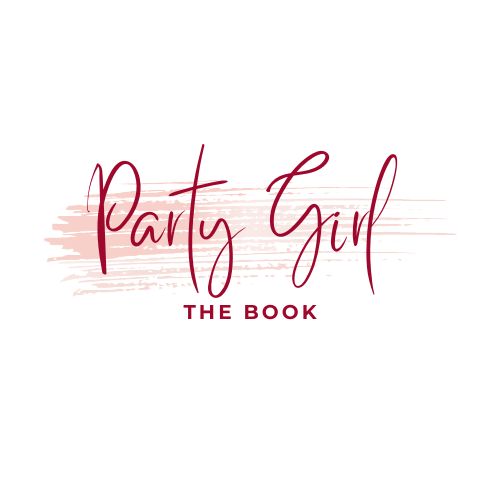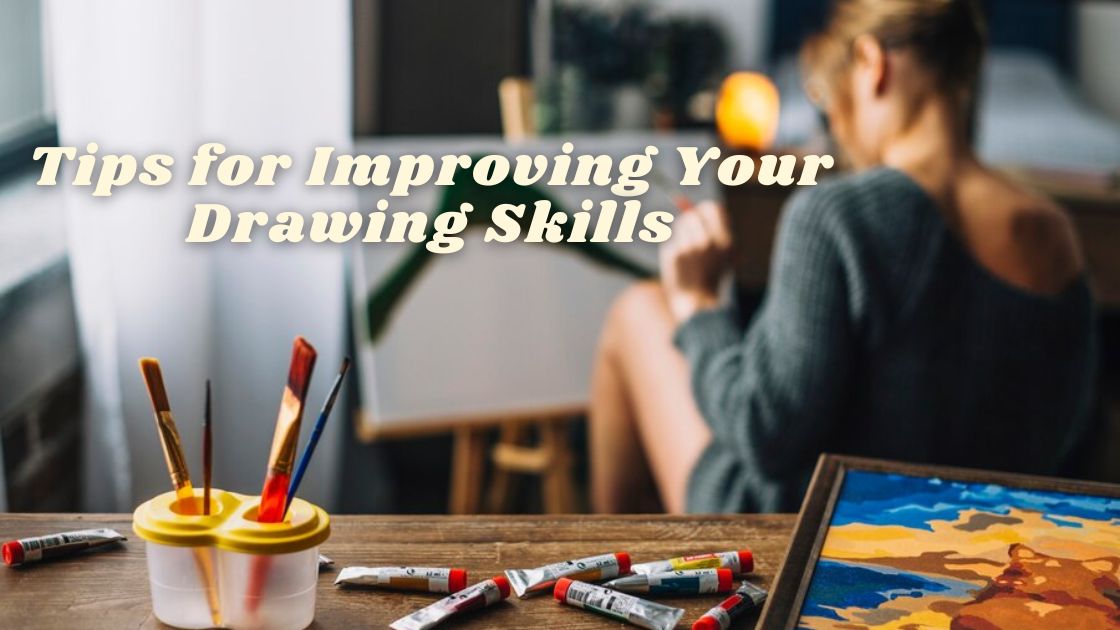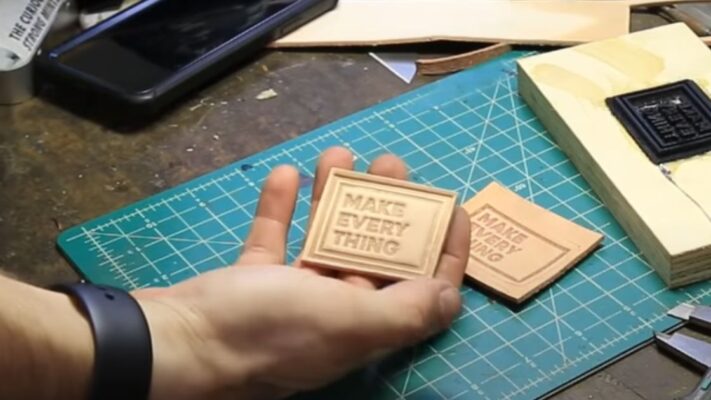Are you an aspiring artist eager to enhance your drawing abilities? Whether you’re just starting out or a seasoned illustrator, refining your craft is a journey of continual growth and development. Fortunately, with dedication and the right strategies, you can make significant strides in improving your drawing skills. In this comprehensive guide, we’ll delve into 8 Useful Tips for Improving Your Drawing Skills and unlocking your creative potential.
Contents
Essential Drawing Skills
- Blending: Utilized primarily with mediums such as charcoal or graphite, blending involves the manipulation of texture and shadow on the drawing surface using either a blending stick or fingers.
- Stippling: This meticulous approach employs minuscule dots to construct images, often seen in drawings necessitating intricate shading or the portrayal of luminous light.
- Scribbling: Artists employ spontaneous movements of the drawing tool across the canvas, subsequently enhancing depth by retracing lines and shapes.
- Hatching: By drawing numerous small parallel lines to form an image, hatching, and its perpendicular counterpart, cross-hatching, play crucial roles in imparting dimension and shading to artwork.
- Shading: Foundational to drawing, shading bestows dimension and structure upon images, achieved through various techniques such as blending, stippling, and cross-hatching.
- Color Theory: Though not obligatory, grasping color theory—the science behind color perception—facilitates adept color pairing to uphold artistic equilibrium.
Tips for Improving Your Drawing Skills
Regular Practice
Consistent practice is essential for honing your drawing skills. Set aside dedicated time each day to sketch, experiment with techniques, and explore new subjects. Whether it’s a quick doodle during a break or a focused drawing session in the evening, regular practice is fundamental to skill improvement.
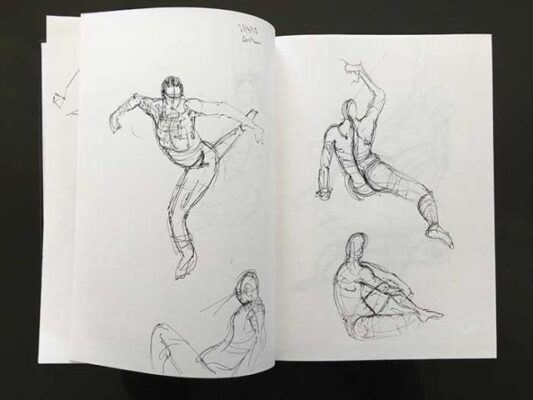
Study Anatomy
Understanding human anatomy is crucial for creating realistic and expressive figures in your drawings. Take time to study the structure of the human body, including bones, muscles, and proportions. Practice drawing figures from life or using anatomical references to deepen your understanding and proficiency in anatomy.
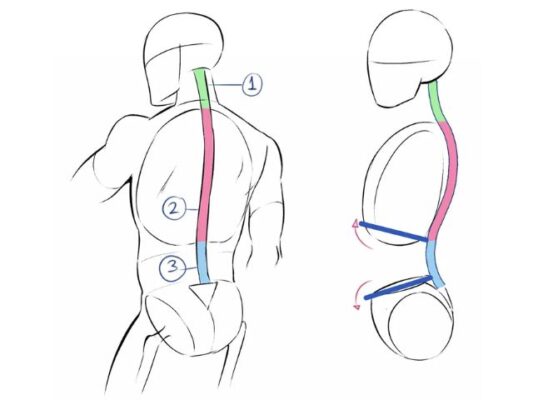
Experiment with Different Mediums
Explore a variety of drawing mediums, such as graphite pencils, charcoal, ink, pastels, or digital tools. Each medium presents unique characteristics and challenges, allowing you to broaden your artistic repertoire and discover new techniques. Experimenting with different mediums also helps you find those that best suit your style and preferences.
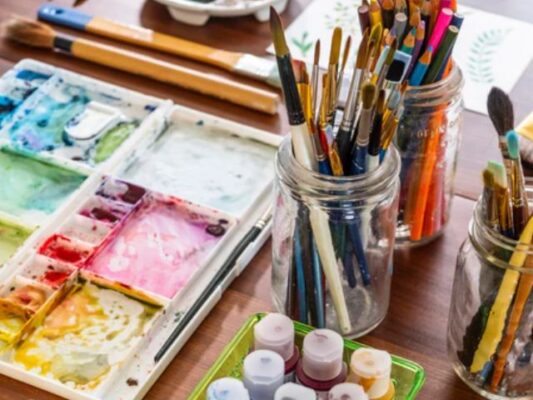
Focus on Composition
Pay attention to the composition of your drawings, considering the arrangement of elements, balance, and visual flow. Experiment with various compositional techniques, such as the rule of thirds, leading lines, and negative space, to create dynamic and visually engaging artworks. A well-composed drawing can enhance the impact of your artwork and captivate the viewer’s attention.
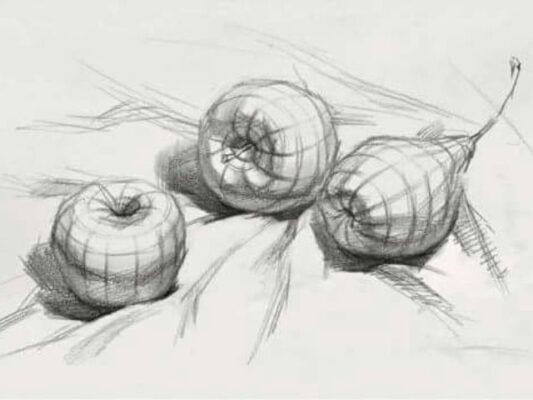
Learn from Feedback
Seek feedback from peers, mentors, or online communities to gain valuable insights and constructive criticism. Participate in drawing challenges, workshops, or critique sessions to receive feedback on your work and learn from others. Embrace feedback as an opportunity for growth and improvement in your artistic journey.

Observe and Sketch from Life
Practice observational drawing by sketching from life, whether it’s people, objects, or scenes in your surroundings. Pay attention to details, proportions, and lighting as you sketch, refining your ability to capture the essence of what you see. Sketching from life helps develop your observational skills and lends authenticity to your drawings.
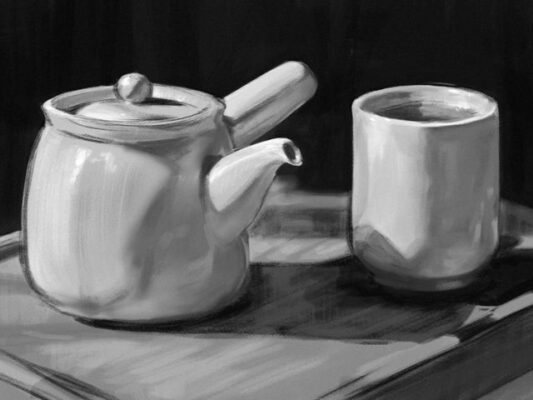
Experiment with Different Styles
Step out of your comfort zone and experiment with different drawing styles and techniques. Whether it’s realistic, stylized, abstract, or cartoonish, exploring different styles allows you to discover new avenues of artistic expression. Embrace versatility and adaptability in your drawing practice.
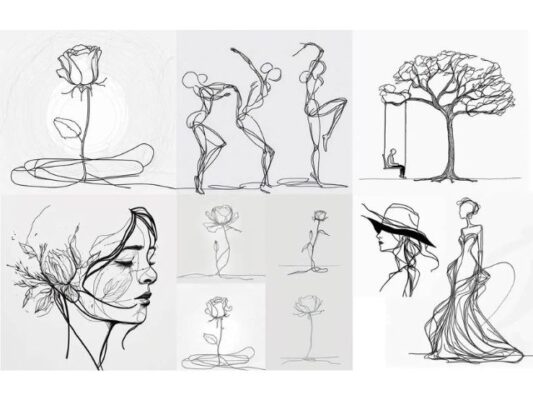
Stay Inspired and Keep Learning
Seek inspiration from art galleries, master artists, or diverse art styles online. Stay curious and open-minded, continuously learning and experimenting with your drawing. The journey of artistic growth is perpetual, offering endless opportunities for discovery and exploration.
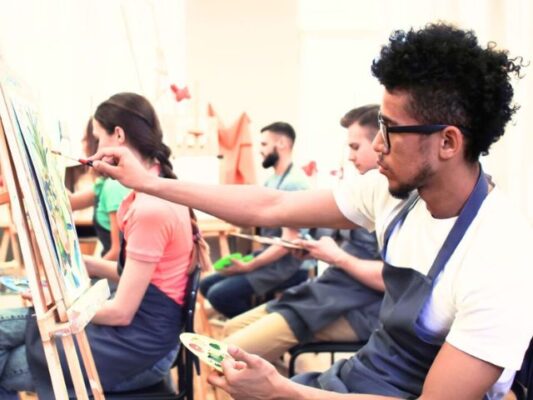
In conclusion, improving your drawing skills is a fulfilling pursuit that unlocks boundless opportunities for self-expression and creativity. By implementing these 8 tips into your drawing practice, you can elevate your skills and unleash your artistic potential. Whether drawing for pleasure or pursuing a career in art, ongoing learning, and improvement are essential for success. So, embrace the journey with enthusiasm and confidence, knowing that each stroke brings you closer to realizing your artistic vision.
Related Posts
